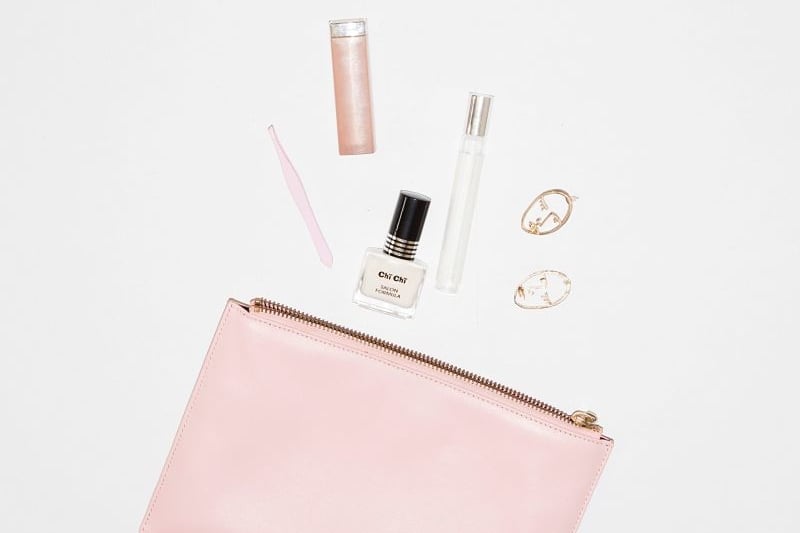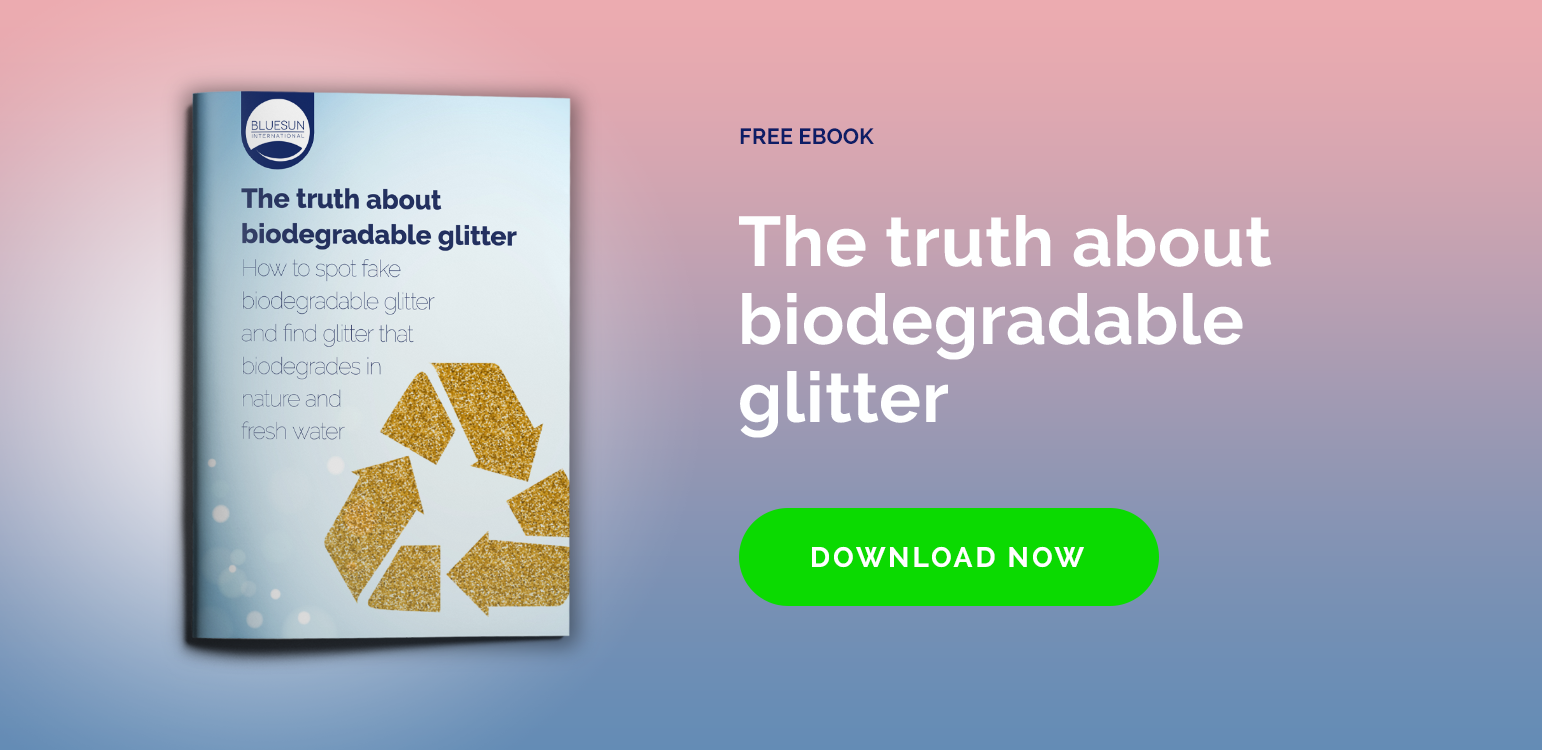Times have changed for cosmetics formulators and things are getting tougher for them. As the awareness on man-made ingredients is increasing, many insightful consumers are demanding the use of more safe materials in their cosmetics. With limited resources, it is time for formulators to be more creative.
In the past, cosmetics formulators did not even have to list the ingredients used in their products! That is quite far from where we are now as formulators have to achieve a great product performance only with ingredients accepted by consumers, marketers, and government entities. Although the task is difficult, there is still a way to formulate the best primer for dry skin with non-conventional materials.
The Dry Skin Problem for Beauty Shoppers
One of the biggest concerns for cosmetics consumers is their skin getting flaky or older, that is why many beauty seekers are always trying to prevent their skin from getting dry. A good foundation for dry skin moisturizes and has a good coverage on the skin, but a primer – as the first makeup step – needs to enhance longevity of makeup; that is why finding the best primer for dry skin is essential for many beauty shoppers.
Ingredients for the Best Primer for Dry Skin
Contemporary formulators have to avoid many standard ingredients as they have been banned by governmental regulators and vilified by non-scientific organizations (including NGOs, misleading marketers, and misinformed bloggers, etc.). Despite this, we have managed to offer a few natural alternatives to ingredients with bad reputation.
Some examples of ingredients with bad reputation include:
Preservatives: Almost all formulas need preservatives, but many cosmetic marketers like to use the statement “preservative free” on their products. The problem with preservatives is they are meant to kill cells, so naturally there might be some side effects if a product contains high levels of preservatives.
Here we present some alternatives that are more accepted by the general public:
- Organic acids and their salts, including: Benzoic Acid, Sorbic Acid, Potassium Sorbate or Sodium Benzoate
- Benzyl Alcohol and Iodopropynyl Butylcarbamate can work well with some formulas.
Surfactants: Although they are the most used functional ingredients in cosmetics, they have also developed a bad reputation. Formulators these days prefer to avoid sulfates and use instead surfactants that do not include the word “sulfate” or have an “eth” in its name.
Diethanol Amines are also avoided these days, but Betaines can be a good replacement for them although the resulting formulas may not work as well as standard surfactants. The positive side of this is that consumers may be more inclined to buy products containing these replacements.
Conditioning Ingredients: Usually these ingredients come from synthetic chemistry and the petroleum industry, so naturally they have also developed a bad reputation. The best alternatives to face this problem include natural oils, butters and waxes.
Our Butterpowder line is a great option. Another option is Dermanet, which is a microfluidized functional ingredient used to remove the sticky feel of vegetable Glycerine. It is also a very versatile product that will improve the feel and performance of any beauty product.
Talc: It is a powdered ingredient used in cosmetics mainly to absorb moisture and as a filler. Although recent studies have demonstrated it is safe, in the ‘90s a study linked talc to ovarian cancer so formulators prefer to avoid it these days.
Luckily, we offer a line of butter powders like Butterpowder MCB91-Q or Butterpowder K-Q that work as a perfect and natural replacement in case formulators want a talc-free alternative.
Fragrances and color pigments: They are used to give products a better smell and appearance, but they are also seen as bad, especially if they are man-made ingredients. The best alternatives are natural oils for good smell and natural extracts to give color.
A New Era in Cosmetics (Glitters, Foundations, Primers, etc.)
Another trend in the make up world is to introduce environmentally safe glitter. It is important to highlight that cosmetic glitter needs to be 90-100% plastic free. It is important to combine innovatinve and safe ingredients to formulate succesful skincare products.


![Free ebook: The truth about biodegradable glitter [Click here and download now]](https://no-cache.hubspot.com/cta/default/4020212/b9c13b96-3024-4b35-9af9-cbd44d84ec15.png)


